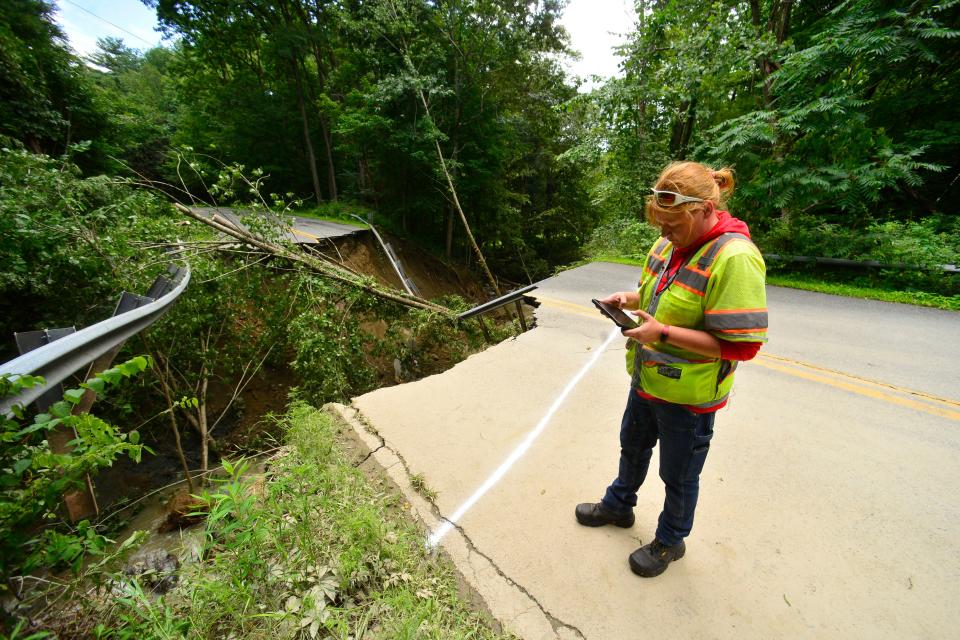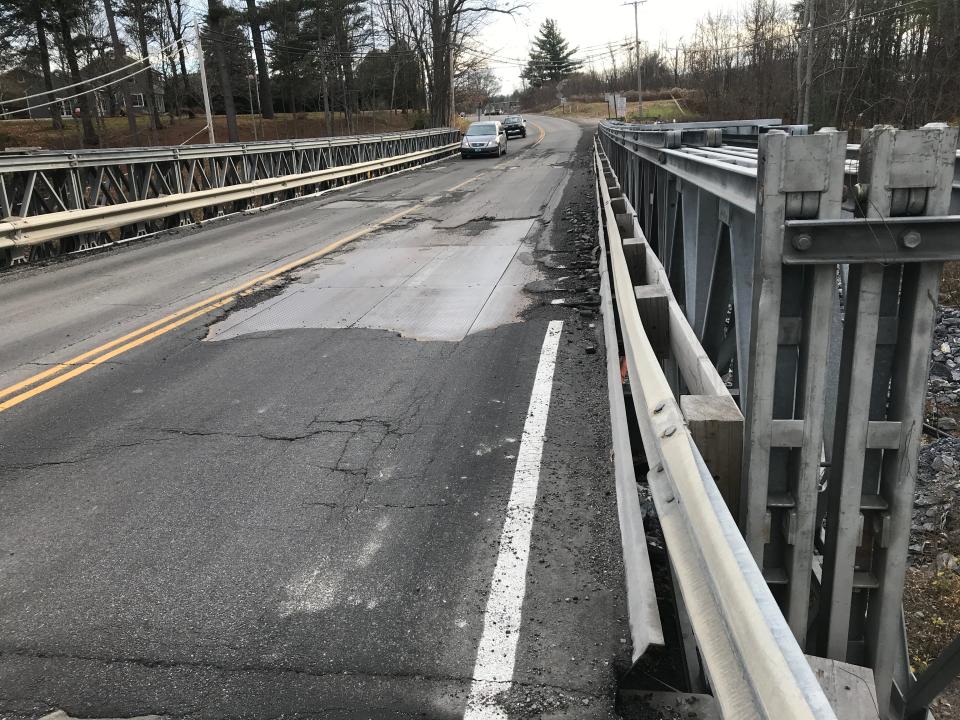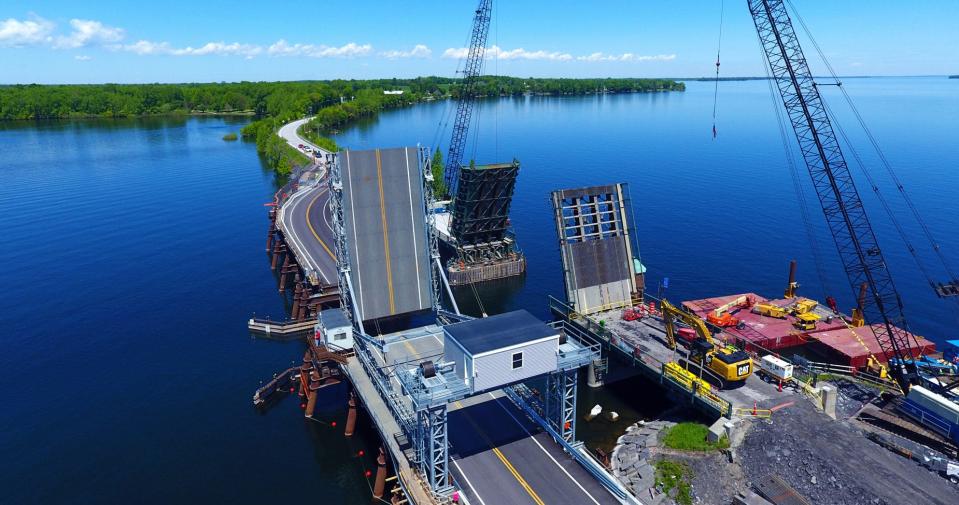State Auditor: VTrans needs to get better handle on cost and time overruns
In 2019, Vermont's Agency of Transportation completed a paving project on about seven miles of Route 117 from Essex to Richmond. The project cost $12.4 million dollars − $8.3 million over the original budget of $4.1 million. It also took three years longer to complete than was originally projected.
The Route 117 project was one of 14 projects examined by State Auditor Doug Hoffer in an audit of VTrans' performance on costs and scheduling of paving projects. The report was released on Tuesday, and concludes VTrans needs to get a better handle on tracking its projects and controlling costs.
Hoffer also calls for more transparency in the agency. He said VTrans "has not established measures to consistently assess the cost and schedule of its paving projects."

"Paving may not make for the most exciting headlines, but unnecessary project delays postpone the projects' benefits to the taxpayers who fund them," Hoffer continued. "And cost overruns, when they are avoidable, waste resources that could be used to fund additional projects."
VTrans busy with lots of paving projects
In a lengthy letter responding to the audit, VTrans Secretary Joe Flynn did not dispute any of the facts it contained, and acknowledged that "select projects within the Paving Program experience cost increases and/or schedule delays."
Flynn points out in his letter that VTrans project managers are very busy, often designing and delivering more than 20 projects every year. He said those projects directly contribute to VTrans' mission to keep people and goods moving on Vermont's roads. Based on 2022 data, he said, only 8% of roads in Vermont are in very poor condition, "which meets our performance goal of keeping the percentage of miles in very poor condition below 25%."

Flynn also points to the complexity of the job at hand.
"Project estimates and schedules are dynamic during the development phase of a project and can be influenced by a number of factors," Flynn said.
Among those factors, Flynn cites projects getting bigger, and being impacted by adjacent projects, changing priorities, limited budgets and "resource constraints." That said, Flynn concedes record-keeping could be better at VTrans.
ROAD WORK: Parts of the Champlain Parkway will be fully paved by the end of the year. What to expect.
"Being that schedules and estimates are managed dynamically, the report is accurate in its statement that all changes or modifications throughout the life of a project are not formally documented," he said.
But, Flynn said, VTrans does track on-time performance and performs a comprehensive analysis of low bids on projects, comparing them against the cost estimates made by the agency.
"VTrans is analyzing the content of the report and viewing this as an opportunity to understand and make improvements focused on the documentation and transparency of project estimates and schedules from project initiation through construction," Flynn said.
Project delays of up to six years
Out of the 14 projects examined in the audit, Hoffer found six that were more than 50% over budget and delayed by longer than one year. The Essex-Richmond project exceeded its budget by 201% − the biggest cost overrun Hoffer found.
The most delayed project − six years late − was the paving of 8.9 miles of Route 30 between Jamaica and Winhall in southern Vermont. That project was also 74% over budget, costing $13.8 million compared to the original cost estimate of $7.9 million.

Hoffer identified the preliminary engineering phase of paving projects − rather than the construction − to be the main culprit in creating delays.
"For instance, VTrans delayed the completion of preliminary engineering for some projects by as much as 3 to 6 years and could not fully explain what caused the delays," Hoffer said.
The actual construction, on the other hand, is generally completed on time and within the budget, according to Hoffer.
Even though VTrans accepted the facts presented in the audit, they did not commit to adopting all of its recommendations, Hoffer said, indicating they would "investigate development" of cost and scheduling performance measures.
"Without adopting these two recommendations, VTrans will fall short of furthering the administration's own strategic plan goal for transportation project planning," Hoffer concluded.
Contact Dan D’Ambrosio at 660-1841 or ddambrosio@freepressmedia.com. Follow him on Twitter @DanDambrosioVT. This coverage is only possible with support from our readers.
This article originally appeared on Burlington Free Press: Auditor: Vermont highway projects plagued by cost and time overruns
